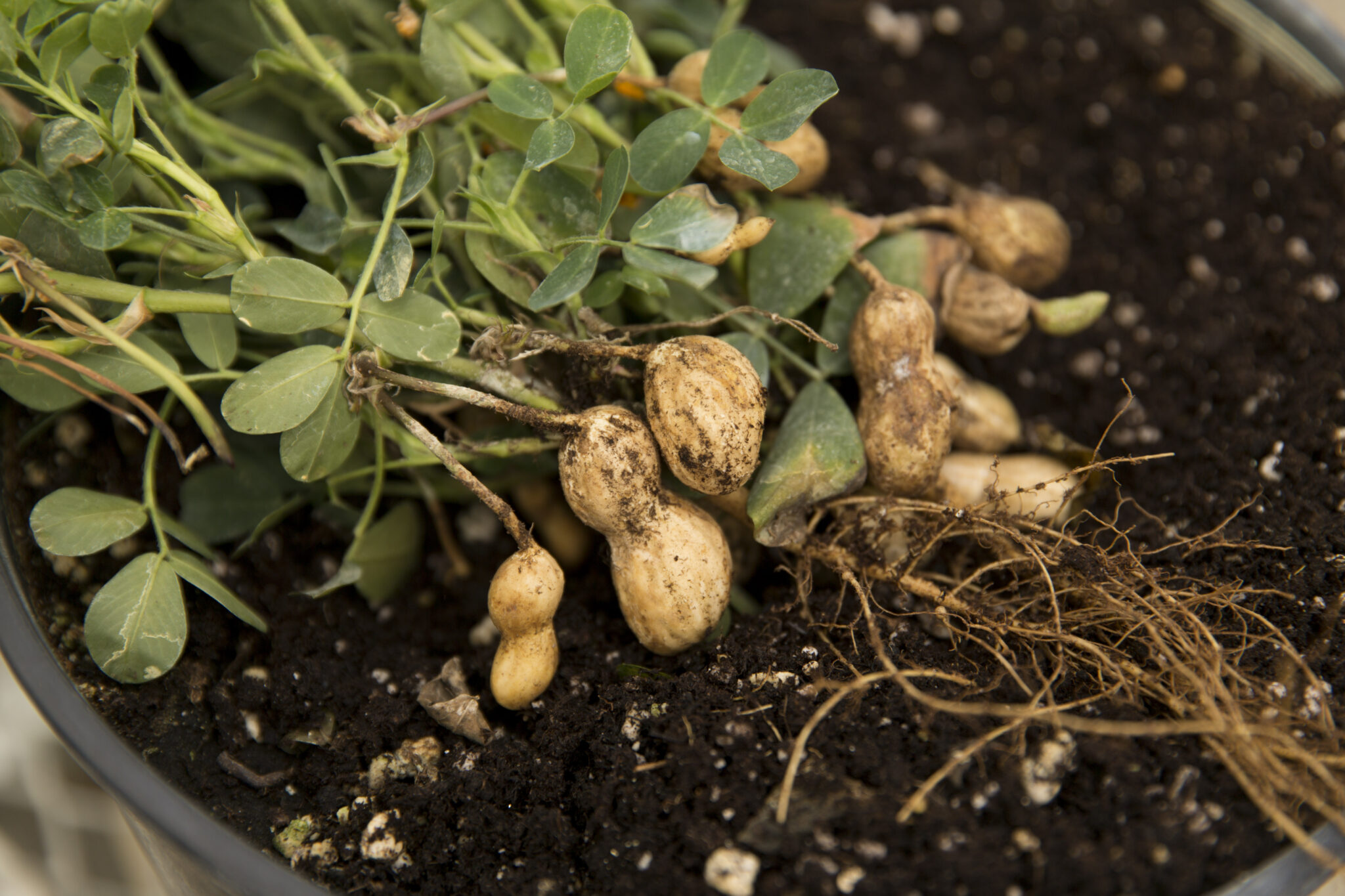It gets hot enough in Georgia to give a tree a heat stroke.
Really.
The north Georgia mountains average more than 20 days per year above 90 degrees, and the coastal heartland averages more than 100 days above 90. Such heat loads can influence the way trees grow. And extreme heat can injure trees.
As a rule, trees grow best from 70 to 85 degrees. Their temperature normally runs just above that of the air. Trees cool themselves by reradiating heat, transferring heat to the air and evaporating water from leaves.
The latter is a major mechanism of tree cooling. Without this evaporative cooling, heat radiated to the surroundings and wind cooling are the only means of keeping trees near air temperatures. And sometimes radiated heat from pavement and hot breezes keep trees from dispelling the heat.
Heat makes the air much drier and causes leaves to lose water fast. As the leaf closes down, a tree can't cool itself as well, and its leaf tissues can heat up above the heat death threshold -- around 115 degrees.
A compounding problem of rapid water loss and temperature increase is a delay in the roots' water intake. Leaves can lose water much faster than the roots can absorb it. A water deficit develops in the tree and can start many problems.
Heat injury is most prevalent during sunny middays and afternoons. Water shortages in the leaves partly cause a midday slowdown in leaf evaporation. The tree corrects the day's shortages overnight if water is available. The roots' night uptake can amount to 40 percent of the tree's water needs.
Heat injury in trees includes scorching of leaves and twigs, and sunburn on branches and stems. In leaves, wilting is the first major sign of excess water loss and heat loading. Then they'll turn fall colors, die and fall off.
Under heavy heat loading, leaves begin to take themselves apart, if they have time, and then brown out and finally fall. Leaves quickly killed by heat are usually held onto a tree by tough xylem tissue and the lack of a prepared splitting zone. Early leaf fall, even of green leaves, is a symptom of water and heat stress.
The bare soil surface, or other hard surfaces, reflects and absorbs heat. In full sunlight, the soil surface can reach 150 degrees. It radiates and reflects this heat onto trees, causing tremendous heat loading. New plantings are especially vulnerable.
Heat loading causes large amounts of water to be evaporated, starts major metabolic problems and can generate heat lesions just above where the ground and tree meet. Heat lesions usually first appear on the south and southwest side of stems.
Trees in containers in full sunlight can be under large heat loads that quickly injure roots and shoots. Depending on their color, exposure and composition, containers can quickly absorb large amounts of heat. For instance, black plastic containers can absorb radiation at 9 degrees per hour until they reach 125 degrees or more.
Treatments for tree heat stress syndrome include:
* Watering, sprinkling and misting to improve the water supply and cool tree tissues.
* Partial shading to reduce incoming radiation and control hot, dry winds.
* Reflecting and dissipating heat using colorants and surface treatments around the landscape and on trees.
* Using low-density, organic surface covers such as mulches, ground covers and hard surface blankets.
* Using well-designed active shade structures in the landscape, such as arbors and trellises.
* And establishing better tree-literate design and maintenance practices that deal with heat problems.
Watch your valuable trees for signs of heat damage. And give them a cool drink of water.






